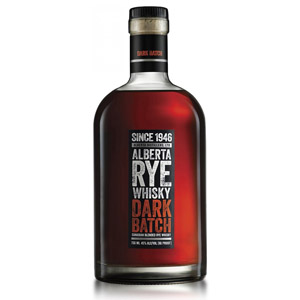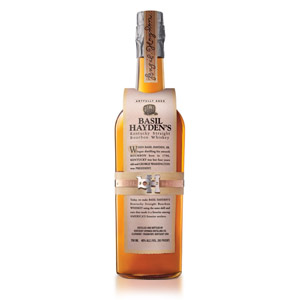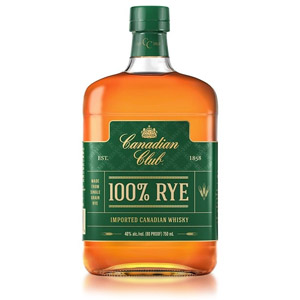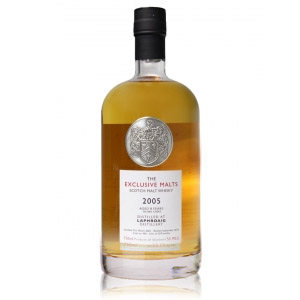So I know I said I wouldn’t do this. I said I don’t review whisky that costs (much) more than $100. I don’t like supporting that end of the market, and I don’t think my readers are very likely to be interested in those bottles. Plus, there are a number of very excellent blogs that cover high-end whisky, all of them better than I could do it. Also, I can’t afford the bottles. Mostly it’s the last one. Still, when a quarter-full bottle of super-limited, $140 rye lands in my lap, I don’t even look at the horse’s mouth let alone into it.
So apparently a brand called Kentucky Owl Bourbon was sold from 1879 through Prohibition and the business failed when its whisky was seized by the government for impounding (a common occurrence at the outset of Prohibition, when distilled spirits would be redistilled for industrial purposes or sold in small quantities for medical use). There’s a story about a warehouse fire, and Al Capone… the sort of thing that looks good on a whisky website and is impossible to corroborate. It’s also irrelevant, except that the great-great-grandson of the founder of Kentucky Owl has re-launched the brand with sourced whiskey and an absolutely gorgeous label. A series of bourbons and this single rye comprise the current portfolio.
There’s not a ton of actual info available. The whiskey is from a batch of barrels of 11 year-old straight rye whiskey acquired from an unnamed distillery (or distilleries?) in Kentucky, and then bottled in Bardstown, Kentucky at a robust 55.3% ABV, which was lowered from the original full cask-strength (I’ve heard above 65%). My bottle is from Batch No. 01 and was bottled in July of 2017. The edition was released in 25 states in September of 2017 and sold out basically immediately. This is what putting a number on your bottles gets you, people. Apparently part of the craze is due to the highly-limited nature of the brand’s previous seven releases (all bourbon, most available only in Kentucky, and all from very small bottling runs), although the rye is the largest release to date with 7500 bottles.
Internet gossip suggests this might have been made at the Barton distillery, which is where some of High West‘s older rye components are sourced. There are other possibilities, however.
Nose: Delectable. Deep, resinous notes of stewed pears, fresh apple cider, balsamic vinegar, dripping pine sap, oaky sugars, raw cacao, and mace (the spice, not the self-defense spray). A rest in the glass collects dense caramel and toffee notes. This is one of those bouquets that keeps on giving – every time you pick up the glass you are struck by something different.
Palate: Thin body. Woodsy, like hemlock forests or redwood needles crushing underfoot. A current of maraschino cherries washes through right before a wave of cinnamon red-hots and numbing tongue burn wash it away. Despite the high ABV, the tongue burn is only moderate. Less complex than the aroma, but still deep and intense, spicy and dry.
Finish: Long. Black cherries, wood varnish, concentrated resinous wood sugars (balsamico again). A moderate amount of barrel char without the bitterness, and a fading note of fresh cranberry. Dry, overall, and not quite as successful as the aroma.
With Water: Several drops of water mute the aroma somewhat, increasing the impression of dryness. There is added meatiness or nuttiness on the tongue, like roasted chestnuts, and the finish is fuller and rounder. Try this first without water, and then with… but only a little bit.
Overall: Despite the slightly disappointing finish, this is what I look for in a well-aged rye. Concentrated oak, woodsy pine or eucalyptus, jammy stone fruits, and unusual spices. Deep, contemplative, and powerful. If only it wasn’t so limited and so damn expensive. I’d be excited to buy this for $80 a bottle. $140? I don’t think so. Still, I challenge you to find a 10-year or older rye at a reasonable proof that isn’t wildly overpriced. There just isn’t much of the stuff to go around. If the price tag doesn’t scare you off, it’s tasty juice. For that reason I’m giving this a “Recommended” rating. If there were other old ryes available for less money, that would be a different story.








